Accustomed as we have become to receiving news of events cancelled or pushed back, many will be relieved to see a familiar fixture remain on the calendar with the launch of Masterpiece Online (22–28 June). Taking in its stride an unexpected start to its second decade, the fair – now in its 11th edition – sees 138 exhibitors adapt to exhibiting online, each offering a digital presentation of works featured both on the fair’s newly redesigned website and an online viewing room hosted by Artsy.
The use of Artsy will expose the exhibitors to the platform’s 2.5 million monthly visitors across the globe, diversifying its usual offerings of primarily contemporary art. ‘Every gallery has its loyal followers, but the role of Masterpiece has always been introducing new audiences to the galleries,’ says the fair’s managing director Lucie Kitchener. Neither she nor chairman Philip Hewat-Jaboor see why a last-minute transition to digital should have an adverse impact on the exchange of knowledge among the fair’s community of experts. Rather, the fair anticipates a greater global reach, with the increased presence of international curators on this year’s line-up of panel discussions. ‘Engaging Audiences Old and New: How to Attract and Inspire Museum Visitors Today’ (25 June) includes on its panel Wolf Burchard, an associate curator at the Met, Ian Wardropper, director of the Frick Collection. Among other highlights from the talks programme is ‘Collecting Pre-Contemporary Art Online: New Ways to Look, Learn and Buy’ (27 June).
Though collectors often come to Masterpiece with particular focuses, the tent’s layout in past years has encouraged cross-disciplinary collecting by presenting side-by-side a mix of specialisms. ‘That is part of the excitement, which we’ve been trying to recapture,’ Kitchener says, wary that the online format means that users can narrow their perusal to just one artist or gallery. Encouraging a wider survey, and in lieu of guided tours, Hewat-Jaboor and other experts will present live daily interactive sessions on Zoom that make connections between objects from different cultures and historical periods. ‘This ethos is paramount to the fair’s success and is echoed across both our website and Artsy,’ says Hewat-Jaboor. ‘It’s possibly made easier by being online, because we can immediately gather in one place a suitable range of objects to tell the story.’
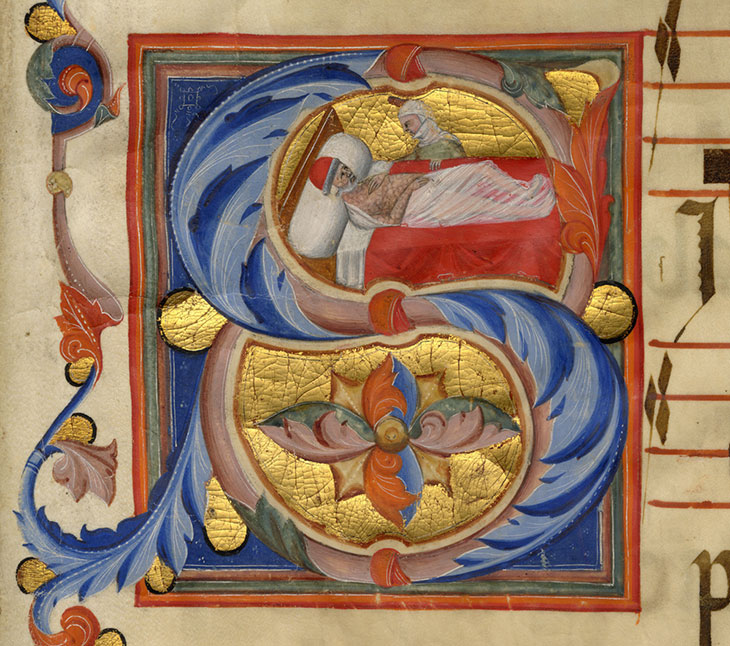
Initial ‘S’ on leaf from an antiphonal, with miniature depicting Job visited in bed by his wife (c. 1340–50), Secondo Maestro del Breviario Strozzi 11. Courtesy Les Enluminures
The fair has faced the usual challenges of moving art on to a two-dimensional plane, such as a lost sense of shape and scale and the inability of visitors to handle and examine the objects. The images of the works are intended, then, as prompts for further enquiry and in-person appointments where possible. Necessarily shifting the focus away from the objects’ physical presentation, the online programme foregrounds the gallerists themselves in ways often made impossible by the brisk buzz of a real-life fair. ‘Taking away the reluctance and fear of talking to a dealer and asking questions allows the dealers to share their knowledge, and the online element is a way to continue breaking down those barriers,’ says Hewat-Jaboor.
To this end, a series of short films will replace the fair’s popular stand talks, in which dealers present highlights and share the stories behind certain pieces. Working with galleries that have a considerable difference in digital capabilities, Masterpiece has chosen to keep the format simple and has supplied its own directors and editors. ‘It hasn’t required special technology or experience, because every exhibitor should be able to participate even if they are physically isolated or without much staff,’ says Kitchener. The films will also be shared via Instagram’s IGTV.
Uploading content online is simple enough, but Kitchener is keen to recreate some of the fair’s more impromptu elements. ‘It’s the spontaneous conversations that happen in between what’s been scheduled’ that she hopes to coax out of the programme, having found that most online viewing rooms induce comparatively silent and passive experiences. To rescue the social aspect of the fair, visitors are encouraged to book private meetings via Zoom with exhibitors or experts who have led tours at previous editions of the fair. They can invite friends, setting their own tone and requesting a topic of their choice.
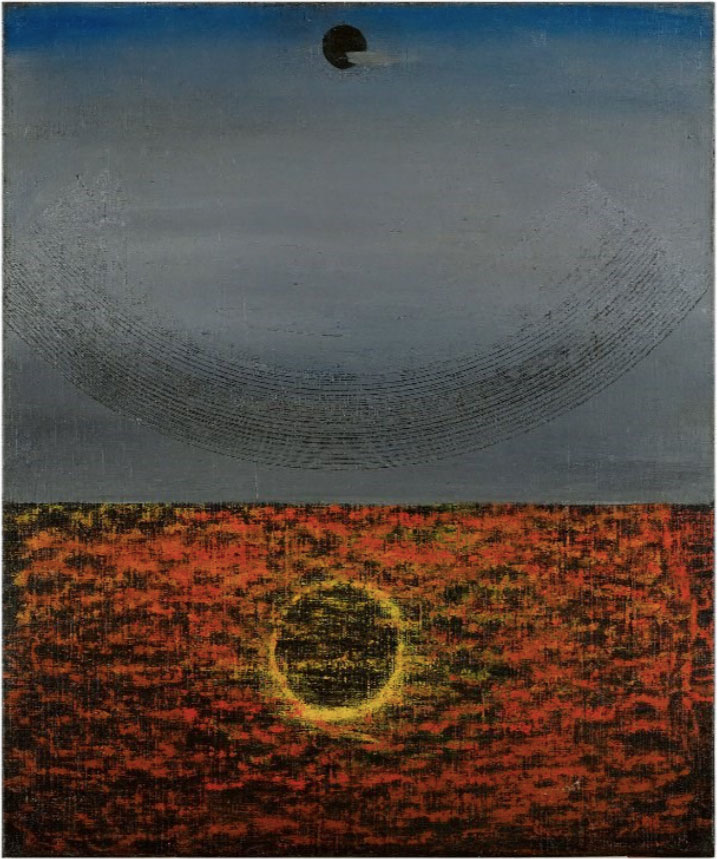
Effet de soleil reflété dans l’eau (1927/28), Max Ernst. Courtesy Galerie Ludorff
As ever, there’s a strong showing of works from across times and places. Axel Vervoordt presents a pair of snarling Japanese komainu, or lion-dogs. Carved from wood in around 1300, they were likely once used to guard a holy shrine or temple. From just a few decades later in Italy, a richly coloured miniature painting taken from an illuminated choir book depicts Job lying in bed and visited by his wife. Produced in the 1340s and attributed to the Secondo Maestro del Breviario Strozzi 11, it can be found on the profile of manuscript specialists Les Enluminures. A highlight at Galerie Ludorff is Max Ernst’s Effet de soleil reflété dans l’eau (1927/28), an oil study in which the reflection of a black sun radiates a warm red light. Sladmore Gallery’s selection of bronze sculptures includes a small version of Rodin’s Jean d’Aire from 1895, which emphasises the sunken features and stoicism of its subject.
‘Being realistic, there are technological limitations and we are doing this for the first time so there will be the odd hiccup,’ Kitchener says. ‘The ambition is to have people engage in a way that works for them. Some may prefer to dip in and out while others want to focus on something specific with intellectual rigour. We hope to provide both and everything in between.’ Kitchener and Hewat-Jaboor are clear that the fair’s new online component is here to stay, with plans to continue programming throughout the year. ‘It gets you thinking and generates new and revived interest,’ says Hewat-Jaboor. ‘So when the opportunity arrives to engage face-to-face next year, there will be a pent-up thirst to look at things physically.’
Masterpiece Online takes place from 22–28 June.
Unlimited access from just $16 every 3 months
Subscribe to get unlimited and exclusive access to the top art stories, interviews and exhibition reviews.

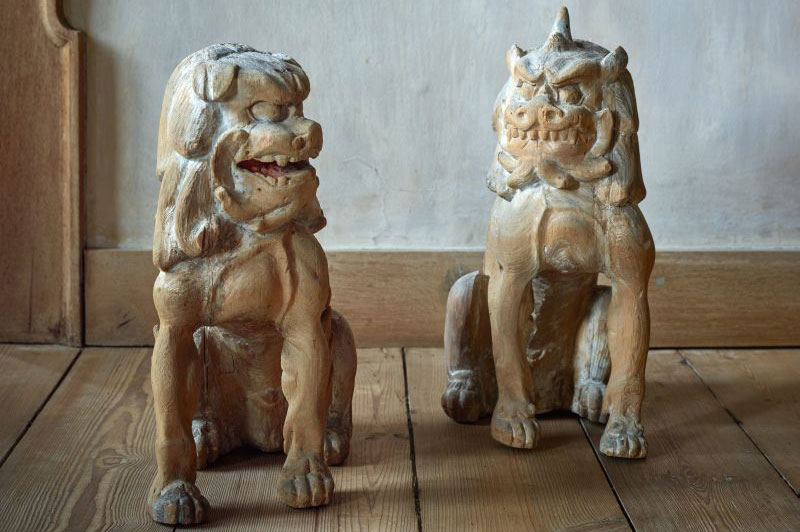
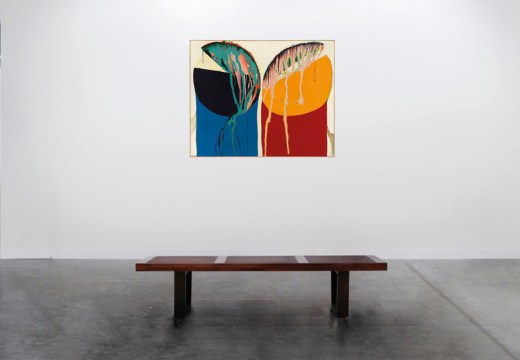
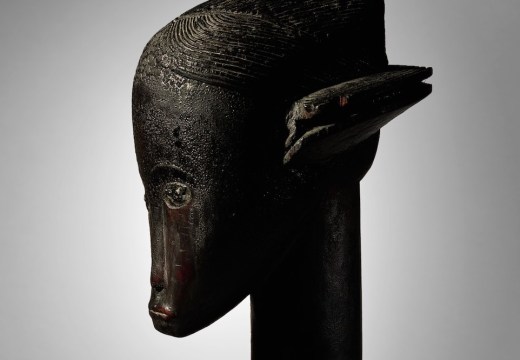
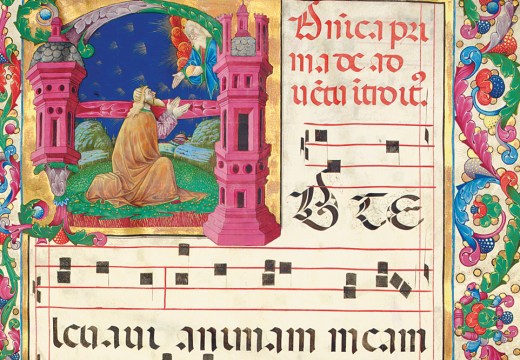









![Masterpiece [Re]discovery 2022. Photo: Ben Fisher Photography, courtesy of Masterpiece London](http://www.apollo-magazine.com/wp-content/uploads/2022/07/MPL2022_4263.jpg)
It’s time for the government of London to return to its rightful home